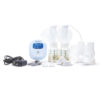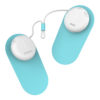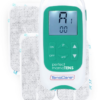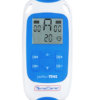Controlling Pain – What Really Works (2023)
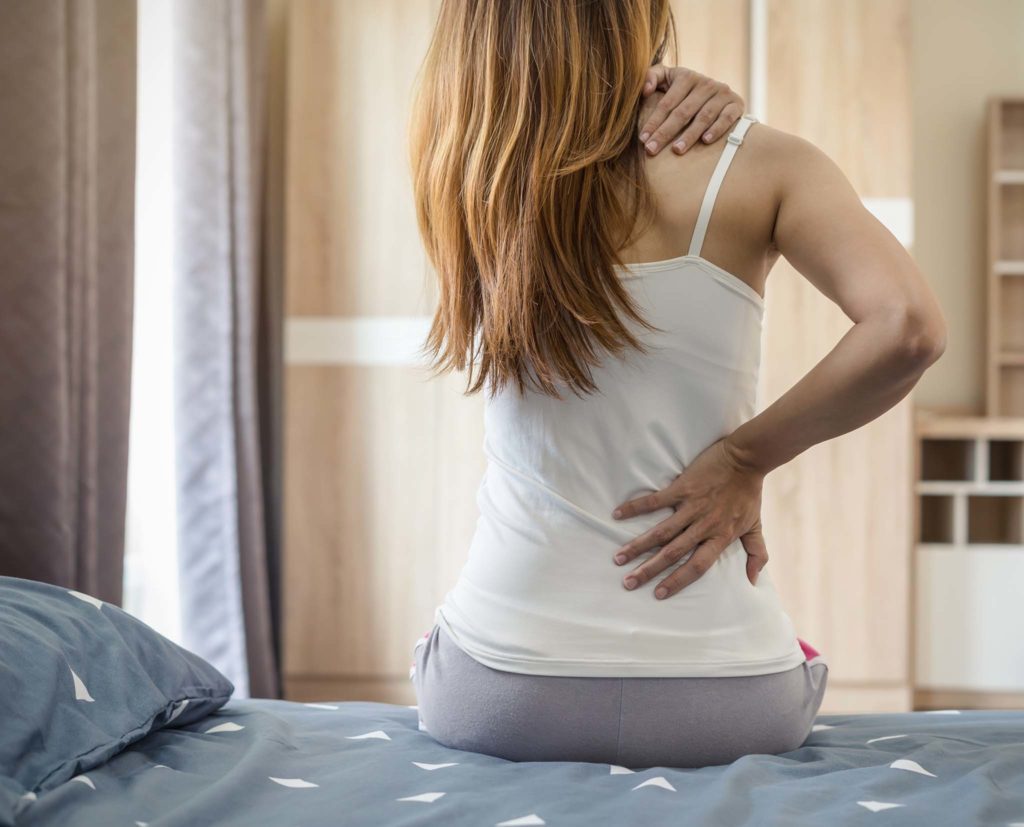
Controlling Pain – What Really Works
Chronic Pain
Chronic pain is a common, complex, and distressing problem that has a profound impact on individuals and society. It frequently presents as a result of a disease or an injury; however, it is not merely an accompanying symptom, but rather a separate condition in its own right.
Worldwide, the burden caused by chronic pain represented by conditions such as low back pain and osteoarthritis is escalating. Measuring years lived with disability, lower back and neck pain have consistently been the leading causes of disability internationally, with other chronic pain conditions featuring prominently in the top 10 causes of disability.
It affects between one-third and one-half of the population of the UK, that’s just under 28 million adults. The overall cost to the UK economy of back pain alone was estimated to be £10,668 million in 2000.
Chronic pain reduces your ability to take part in daily life activities and can create many difficulties in your professional and personal life. Quality of life and mental wellbeing are heavily impacted and can lead to sleeping problems and disorders, anxiety, depression, and deterioration of close relationships.
Treatments For Pain
Over the past few decades there has been a dramatic increase in use of prescription opioids for chronic pain, despite concerns about their adverse effects and potential for addiction.
Many healthcare professionals and researchers have expressed the need for non-pharmacological treatment options. TENS therapy is a safe option that comes without any serious side effects and/or complications. It is widely accessible, affordable, and allows you to take control of your treatment in your own home.
The Evidence For TENS
TENS provides relief for pain from a wide variety of causes. Clinical research over the past 20 years has provided support that it works by intercepting pain signals travelling to the brain and promoting the release of endorphins. In addition, TENS therapy can often be used in addition to other treatments if desired.
Through our clinical evaluations for our TENS machines, our quality and regulatory team has assessed over 100 clinical research papers on TENS and its ability to provide pain relief. The following are short extracts and conclusions from these papers that have inspired us and confirm the effective of TENS.
- Using TENS As First Line Of Pain Relief May Reduce The Need For Postoperative Opioids. In Addition, TENS Appears Preferable As The First Line Of Treatment Due To Its Association With A Shorter Time Spent In The Post Anaesthesia Care Unit (PACU) If The Patient Responds To The Treatment.
- Effect Of TENS On Patients With Acute Low Back Pain Is Beneficial.
- The Addition Of TENS To The Physical Therapy Program Was Seen To Make A Significant Contribution To Clinical Recovery In CRPS Type 1.
- TENS Can Reduce Postoperative Pain In The Early Hours After Inguinal Hernia Repair Surgery.
- TENS Is A Valuable Strategy To Alleviate Post-Thoracotomy Pain.
- TENS Is A Safe, Non-Invasive, Easy-To-Administer Therapy To Use For Chronic Facial Myalgia.
- Pain And Fatigue Were Further Improved When Two Active Devices Were Simultaneously Applied At The Low Back And Cervical Area, Reflecting Its Usefulness As Adjuvant For Fibromyalgia Pain.
- TENS Has Shown A Significant Improvement On Neuropathic Pain In Diabetic Neuropathy.
- TENS Is An Effective, Easy To Use And With Minimal Side Effects In Patients Suffering From Trigeminal Neuralgia Not Responding To Conventional Therapy.
- TENS Promoted Significant Postoperative Pain Relief.
- Our Study Results Suggest That TENS Is An Effective And Safe Non-Invasive, Non-Pharmacological Treatment Modality. It May Be Preferred As An Alternative Method In Pain Control In Postpartum Women After C-Section Delivery.
In summary, TENS is a simple, safe, and effective pain relief method for those suffering from various pain conditions.
Blog sourced from TensCare UK.

